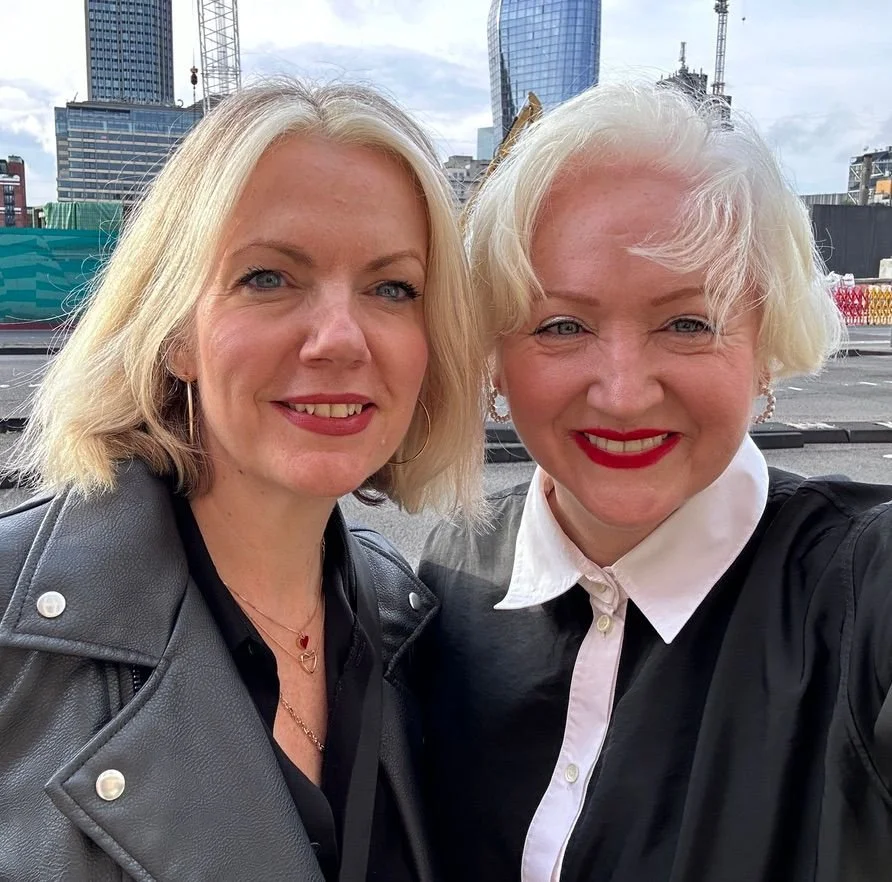About the WITCHES of SCOTLAND
WITCHES of SCOTLAND is a campaign dedicated to seeking justice for the nearly 4,000 individuals, predominantly women, who were accused of witchcraft in Scotland between 1563 and 1736.
Founded on International Women’s Day 2020 by advocate Claire Mitchell KC and writer Zoe Venditozzi, the campaign has three primary objectives: securing a legal pardon for those convicted, obtaining a formal apology from the Scottish government, and establishing a national memorial to honour the victims.
In a significant milestone, on International Women’s Day 2022, then First Minister Nicola Sturgeon issued a formal apology, acknowledging the egregious historic injustice suffered by those accused of witchcraft.
Additionally, in February 2025, the WITCHES of SCOTLAND tartan was officially registered. This tartan serves as a living memorial, with its design elements symbolising various aspects of the witch trials and the campaign’s goals.
Zoe Venditozzi (left) and Claire Mitchell KC (right)
Claire Mitchell KC
Claire Mitchell KC is a Scottish advocate specialising in appellate law, with a particular focus on constitutional issues, human rights, and sentencing. She has been involved in significant cases before the Privy Council and Supreme Court, shaping key aspects of Scottish law. She regularly provides legal training and has received recognition for her contributions to legal thought, including a Special Recognition Award at the 2013 Law Awards of Scotland.
Zoe Venditozzi
Zoe Venditozzi is a writer and educator. Born in Lancashire and raised in North East Fife, she studied at the University of Glasgow. Her debut novel, Anywhere’s Better Than Here, was shortlisted for The Guardian’s Not the Booker Prize in 2013. Zoe also teaches creative writing workshops and works as a Support for Learning teacher. She is passionate about uncovering and sharing the stories of those wrongfully accused during Scotland’s witch trials.

